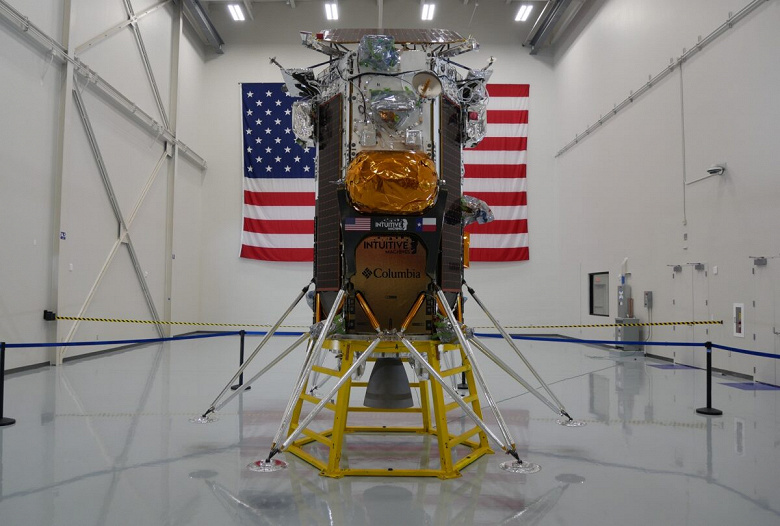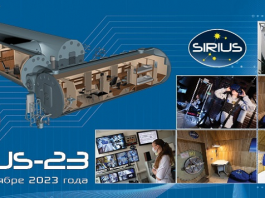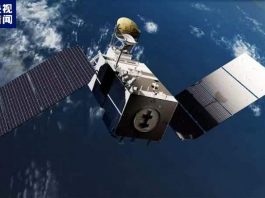Intuitive Machines’ first lunar module is ready for launch. The company expressed cautious optimism about a successful landing, but with confidence that testing and improvements based on previous failures increased the chances of success in reaching the Moon
The company unveiled its completed Nova-C module on Oct. 3 at its new headquarters, a day after completing tests that confirmed the spacecraft was ready to move to Kennedy Space Center for launch on a Falcon 9 rocket on the IM-1 mission.
That launch is scheduled for November 16 from Kennedy Space Center Pad 39A. 32 minutes after launch, the module will separate from the upper stage and begin a five-day journey to the Moon. A day after entering lunar orbit, the spacecraft will attempt to land at the Malapert crater, at a distance of about 300 kilometers from the south pole of the Moon.
“We’re ready,” said Tim Crane, chief technology officer at Intuitive Machines. Engineers completed all hardware and software tests on the module before shipping.

For now, the biggest threat to the mission is outside the company’s control: “congestion at the site” where the launch is planned. Several launches are already scheduled for this site ahead of IM-1, including the launch of Falcon Heavy with Psyche, which was recently postponed by a week until October 12. IM-1 must be launched from LC-39A, since only at this site is it possible to fill the module with methane and liquid oxygen immediately before launch.
Intuitive Machines’ first lunar module is ready for launch
“We’ll be ready to launch on November 16th, but we need to deal with this congestion on the site,” Crane said. If IM-1 does not go to the Moon in November, the next launch opportunity will not be until mid-December.
IM-1 is the company’s first lunar landing mission and the first to be included in NASA’s Commercial Lunar Payload Services (CLPS) program, where the agency buys cargo space on commercial modules. IM-1 will carry five NASA payloads, as well as six commercial payloads from private clients ranging from Embry Riddle Aeronautical University to artist Jeff Koons.
IM-1 may become the first private spacecraft to successfully land on the Moon. Israel’s SpaceIL’s Beresheet module crashed while attempting to land in 2019, and Japan’s iSpace’s HAKUTO-R M1 crashed on landing in April 2023.
Less than 45% of lunar landing missions since Vostok’s launch have been successful, but Intuitive Machines executives have expressed confidence that IM-1 will successfully reach the lunar surface. Steve Altemus, CEO of Intuitive Machines, estimated the chances of success to be about 65-75%, which is higher than the historical average. He noted that this assessment was based on the experience accumulated by the company.
Executives emphasized that they are not narrowing the company’s overall activities to just one lunar mission. In the same space where the finished IM-1 module is located, there are components for the IM-2, which will be assembled in the next few months.
“We have the possibility of failure. But we also have several missions to the moon,” Altemus said.


